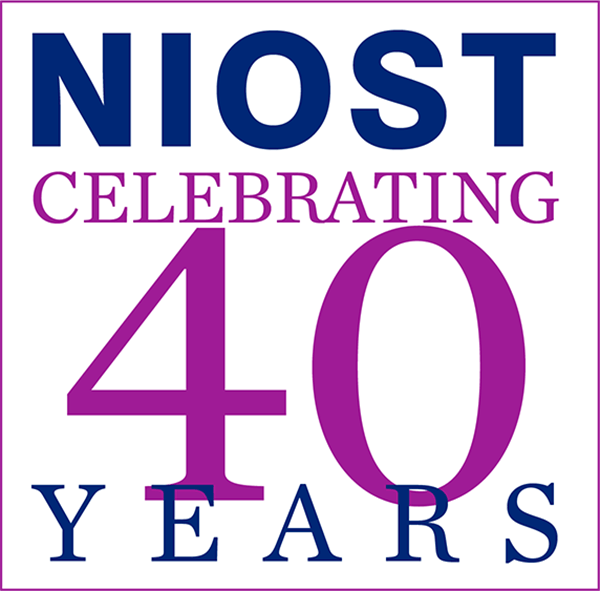Measuring OST Success with APAS
How can you determine if your OST program is working in the ways that you hope it will? Data can be a powerful indicator of what youth are gaining from your programs and what areas can be strengthened.
The Afterschool Program Assessment System (APAS) is a research-based, field-tested suite of three flexible assessment tools that can be used individually or together to enhance program quality and youth outcomes. OST leaders, staff, and researchers use APAS to measure and build on success in these key areas:
- Program quality
- Youth engagement
- Youth outcomes
- Long-term growth
The APAS System works best for well-established programs (1 year or older) that offer a variety of programming to 25 or more youth participants who attend on a regular basis. It is recommended for programs serving youth in grades K-12 where youth attend at least 100 hours across a full school year or intensive session such as a summer learning program or summer camp.
APAS Tools
Join OST professionals around the country who are using the APAS System.



